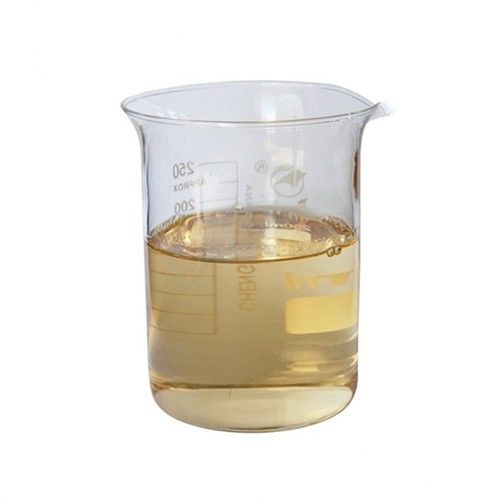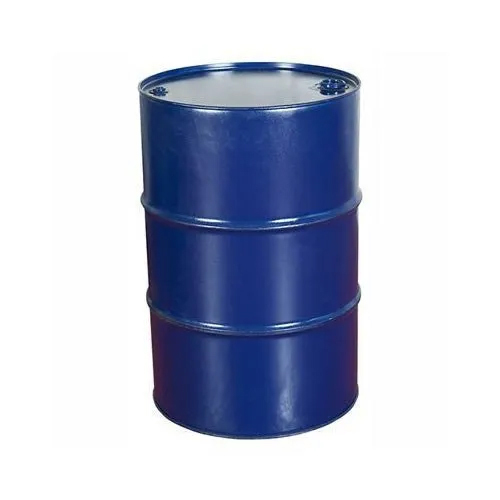Welcome to Our Company
Cyclopenthyl Magnesium Bromide
Product Details:
- Molecular Formula C5H9Br
- Application Industrial
- Purity 99%
- CAS No 33240-34-5
- Grade Technical Grade
- Appearance Liquid
- Molecular Weight 173.33 GSM (gm/2)
- Click to View more
X
Cyclopenthyl Magnesium Bromide Price And Quantity
- 1 Kilograms
Cyclopenthyl Magnesium Bromide Product Specifications
- Liquid
- C5H9Br
- Technical Grade
- 33240-34-5
- Liquid
- Room Temperature
- Industrial
- 12 Months
- 99%
- 173.33 GSM (gm/2)
Product Description
Cyclopentyl magnesium bromide, also known as cyclopentyl Grignard reagent, is an organometallic compound used in organic synthesis. It is a member of the Grignard reagents family, which are organomagnesium compounds that contain a carbon-magnesium bond. These reagents are highly reactive and versatile, making them valuable tools in organic chemistry for the formation of carbon-carbon bonds.
The general formula for Grignard reagents is RMgX, where R represents an organic group (in this case, cyclopentyl) and X is a halogen atom (in this case, bromine). The bond between the magnesium and the organic group is a polar covalent bond, with the carbon atom bearing a partial negative charge.
Preparation of cyclopentyl magnesium bromide usually involves reacting cyclopentyl bromide (C5H9Br) with metallic magnesium (Mg) in anhydrous (water-free) diethyl ether or another suitable solvent:
C5H9Br + Mg - C5H9MgBr
This reaction is typically performed under anhydrous conditions because Grignard reagents are extremely sensitive to moisture and can be deactivated if exposed to water.
Cyclopentyl magnesium bromide, like other Grignard reagents, can act as a nucleophile and attack various electrophilic groups in organic compounds, leading to the formation of new carbon-carbon bonds. It can be utilized in the synthesis of a wide range of organic compounds, such as alcohols, ketones, carboxylic acids, and others.
It's important to handle Grignard reagents with caution as they are highly reactive and can react violently with protic solvents (containing hydrogen atoms that can act as acids). Additionally, they should be handled in an inert atmosphere (such as nitrogen or argon) to avoid unwanted reactions with air or moisture.
Tell us about your requirement

Price:
Quantity
Select Unit
- 50
- 100
- 200
- 250
- 500
- 1000+
Additional detail
Mobile number
Email









